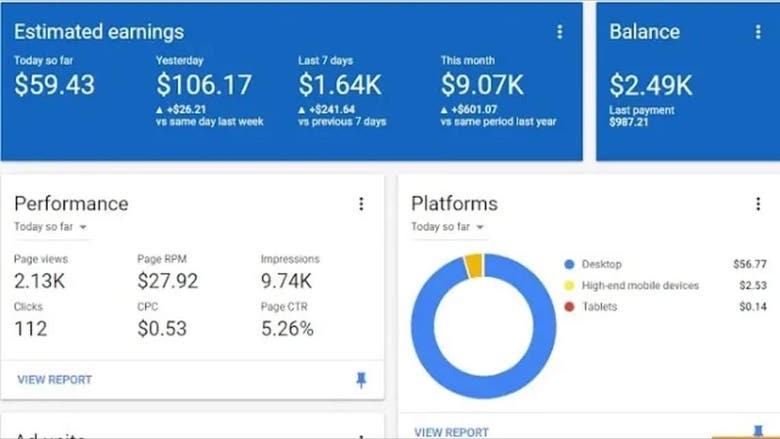
Introduction
SEO studio. So, you’re ready to start a blog, but you want to ensure it gets noticed amidst the vast expanse of the internet. Welcome to the world of SEO, where the magic of optimizing your content can make your blog stand out like a beacon in the digital night sky.
Understanding SEO
Before diving into the intricate details of crafting the perfect blog, let’s grasp the basics of SEO. Search Engine Optimization is the art and science of enhancing your content’s visibility on search engine results pages (SERPs). In simpler terms, it’s about making sure Google and its cohorts know your blog exists and consider it worthy of being displayed to users.
Choosing a Topic
The journey begins with selecting a topic that resonates with your audience. What are people interested in? What problems do they need solving? Find a niche that aligns with your expertise and passion, but also has enough search volume to attract traffic.
Keyword Research
Keywords are the compass guiding users to your blog. Conduct thorough keyword research to identify terms and phrases your target audience is searching for. Tools like Google Keyword Planner and SEMrush can provide valuable insights into search volume, competition, and related keywords.
Content Structure
A well-structured blog is like a well-built house—it stands strong and attracts visitors. Organize your content into sections with clear headings and subheadings to improve readability and navigation. Think of it as creating a roadmap for your readers, guiding them seamlessly through your blog.
Title Optimization
Your blog’s title is its first impression—a make-or-break moment in the vast ocean of search results. Craft a compelling title that captures attention, includes relevant keywords, and promises value to the reader. Remember, it’s not just about ranking; it’s about enticing clicks.
Meta Description
Think of the meta description as your blog’s elevator pitch—a concise summary that entices users to click through to your content. Keep it brief, informative, and compelling, incorporating relevant keywords naturally.
Body Content
Now, onto the meaty part of your blog—the body content. Write engaging, informative, and valuable content that fulfills the promise of your title and meta description. Incorporate your chosen keywords strategically, but never at the expense of readability or user experience.
Headings and Subheadings
Headings and subheadings act as signposts, guiding readers through your content and breaking it into digestible chunks. Use descriptive headings that accurately reflect the content beneath them, and sprinkle in keywords where appropriate to boost SEO.
Keywords Placement
Strategic keyword placement is the secret sauce of SEO writing. Incorporate your primary keywords in the title, headings, and throughout the body content, but avoid keyword stuffing like the plague. Google’s algorithms are wise to such tactics and will penalize accordingly.
Images and Alt Text
A picture may be worth a thousand words, but without proper optimization, it won’t do much for your SEO. Use high-quality images relevant to your content and optimize them with descriptive file names and alt text. Not only does this improve accessibility for visually impaired users, but it also provides another opportunity to include keywords.
Internal and External Links
Links are the currency of the web, and judiciously sprinkling them throughout your blog can work wonders for your SEO. Incorporate both internal links to other pages on your website and external links to authoritative sources. Just remember to keep them relevant and natural.
Formatting and Readability
Nobody likes staring at a wall of text, so break up your content with plenty of white space, bullet points, and numbered lists. Use bold and italics to emphasize important points, and ensure your font size and style are easy on the eyes.
Proofreading and Editing
Even the most brilliant content can be tarnished by typos and grammatical errors. Take the time to proofread your blog carefully, or better yet, enlist the help of a trusted friend or colleague. A fresh pair of eyes can often catch mistakes you might have missed.
Promotion and Sharing
Congratulations, you’ve written a stellar blog—but your work isn’t done yet. Now it’s time to promote it far and wide, sharing it on social media, engaging with your audience, and reaching out to influencers in your niche. The more eyes you can get on your content, the better its chances of climbing the ranks on SERPs.
Conclusion(SEO studio)
In the ever-evolving landscape of digital marketing, mastering the art of writing a proper blog with SEO is essential for anyone looking to make their mark online. By understanding the principles of SEO, conducting thorough keyword research, and crafting valuable, engaging content, you can attract more visitors, build authority in your niche, and ultimately achieve your blogging goals.

FAQs
1. How long should my blog be for optimal SEO studio?
The ideal length for a blog varies depending on the topic and audience, but aim for at least 1000 words to provide comprehensive coverage and satisfy search engine algorithms.
2. Should I prioritize keywords over readability in my blog content?
Absolutely not. While keywords are important for SEO, readability and user experience should always come first. Focus on creating valuable, engaging content that resonates with your audience, and sprinkle keywords in naturally.
3. How often should I update my blog for SEO studio purposes?
Regularly updating your blog with fresh content signals to search engines that your site is active and relevant. Aim for a consistent posting schedule, whether it’s weekly, bi-weekly, or monthly, and stick to it.
4. Can I reuse the same keywords in multiple blog posts?
Yes, you can use the same keywords across multiple blog posts, especially if they’re relevant to your overall content strategy. Just be sure to vary your approach and context to avoid appearing spammy.
5. Is it worth investing in paid advertising alongside organic SEO studio efforts?
Paid advertising can complement your organic SEO efforts by providing immediate visibility and targeting specific audiences. However, it’s essential to strike a balance between organic and paid strategies to maximize your ROI and long-term success.


